I must admit, that I joined the millions of people around the globe, watching the last 10 days as Queen Elizabeth II was laid to rest. One cannot help but be intrigued by the level of discipline, order, and rigor in which her life has been celebrated. One thing that stood out to me was the feeling of connection, reverence, and solidarity represented in this time steeped in ritual and lavish pageantry.
The ceremonious nature of her commemoration is beyond significant for many reasons. But if you take a step back, we can learn several lessons from this transition in leadership that will have a global impact. One major lesson is the power of rituals in creating engagement and community.
If you are not familiar with the culture, it may be easy to dismiss the display of these events as pomp and circumstance. However, as a leader, it’s important to understand the power of ritual in your organization. In this blog post, we will discuss the importance of rituals in the workplace and how they can help create an engaged culture!
Why Rituals at Work Matter
At work, we often perform tasks that seem mundane and routine. We may feel disconnected from what we are doing. It’s easy to become complacent. To combat this, you should evaluate your rituals to support a culture of engagement. In the book, Rituals for Virtual Meetings, rituals are defined as “…acts that we perform with intention following a pattern. They involve a symbolism that helps us invest and harvest meaning in those special moments.”
It’s proven that meaningful work is a major source of employee engagement. However, rituals contribute to the community element of engagement necessary for people to feel a sense of shared purpose and belonging. When orchestrated well and intentionally, workplace rituals offer a time to reflect on our purpose, our identity, and our reason for being in an organization.
Types of Rituals
While few organizations can afford to have elaborate rituals like the royal sendoff of Queen Elizabeth II, as a leader, you can create your own rituals by pinpointing times and spaces where you and your team convene, gather, and work together. Rituals can be big or small. They can be something as simple as starting each meeting with a check-in, or something more involved like an annual retreat. Whatever you choose, make sure that it is something that will meaningfully connect employees to their work and one another.
Below are a few examples of where you can create rituals of fun, excitement, shared meaning, celebration, and anticipation.
· The Start and End of the Day
· The Start and End of the Week
· The Start and End of a Project
· The Start and End of a Quarter
· Life Events Such as Birthdays, Anniversaries, Births, and Marriages
· Onboarding, Promotions, Appointment, and Retirements
· Project Milestones and Awards
· Customer Kudos
· Number or Percent of Sales Increase
Chose Ritual Over Routine
For rituals to be effective, they must have relevance. Relevance communicates meaning, helps us interpret what is happening now, and gives us a shared sense of context and in some cases, legacy. It creates significance, bonding, stability, and identity. Together in relevant rituals, we better understand our context and move forward with renewed purpose and energy. When deprived of relevance, rituals become routine and can create dissonance and disconnection between the task at hand and the people doing it. Routine while good in some ways, can also be the death of continuous improvement, change, and growth. When a custom starts to lose meaning, reconvene the team to discuss the purpose and intent. If necessary consider reshaping the ritual or foregoing it all together.
When creating rituals for your team or organization, it is important to align your customs with the company culture and values. By centering your rituals around the symbolism of your company, its values, and its purposes, it helps employees take time to reflect and remember the value of the work they do and the contribution they give. Keep in mind, that what works for one company may not work for another. It is also important to involve employees in the process of creating rituals. This will help ensure that they feel ownership over the rituals and that they are meaningful to them.
A Final Thought
Have you ever participated in a workplace ritual that made you feel more connected to your team or company culture? If so, you’re not alone. Rituals are a powerful way to create a sense of belonging and shared purpose at work. They can also increase engagement and motivation. In order for rituals to be effective, however, they need to be relevant and aligned with your company culture. And it’s important to involve employees in the process of creating rituals, so that they have a sense of ownership and buy-in. What workplace rituals have you enjoyed most? We’d love to hear about them in the comments!
Do you have any favorite workplace rituals? Let us know in the comments below!
